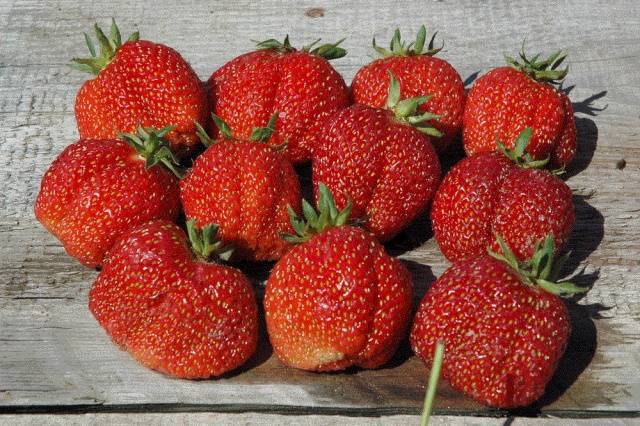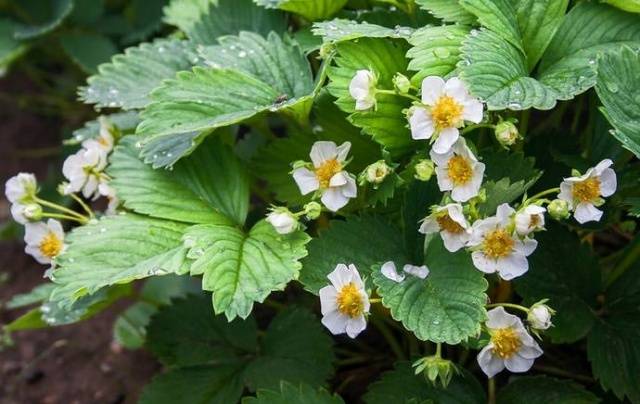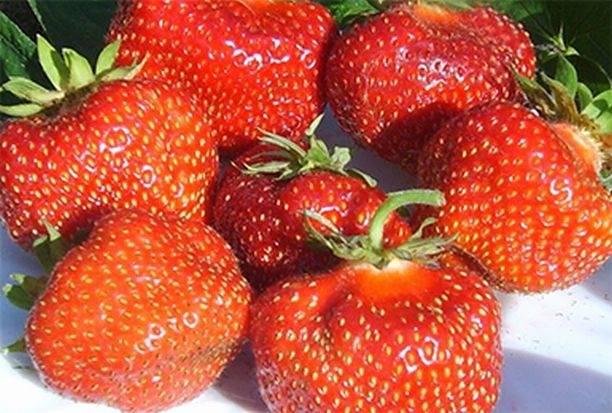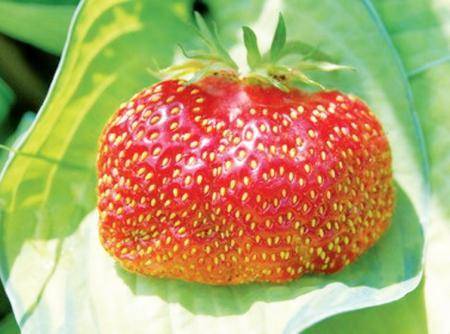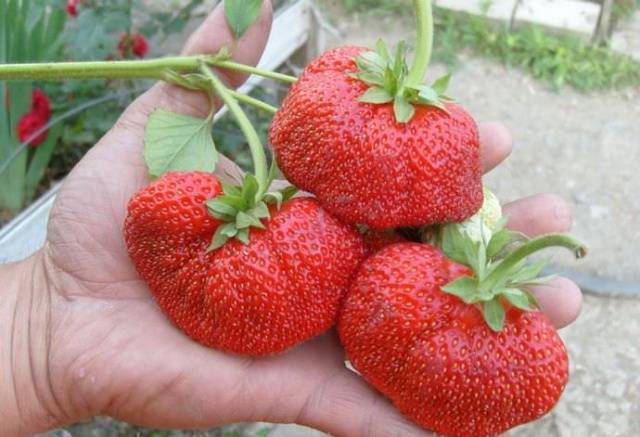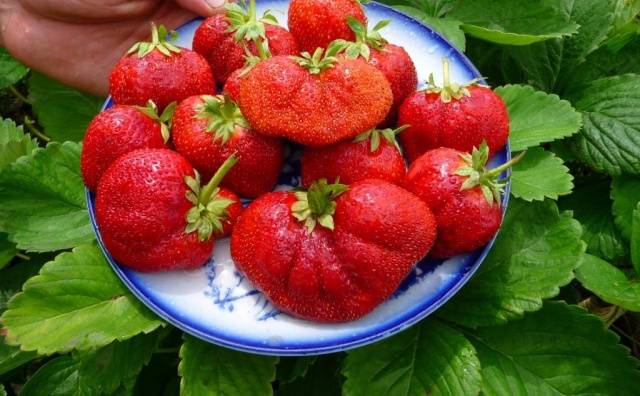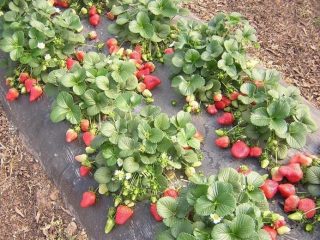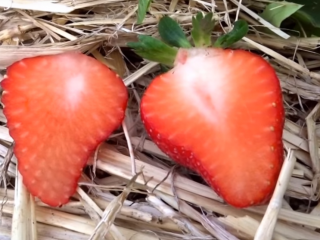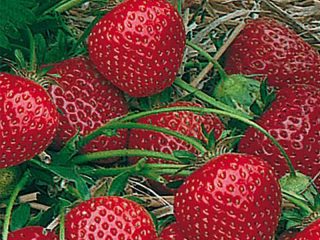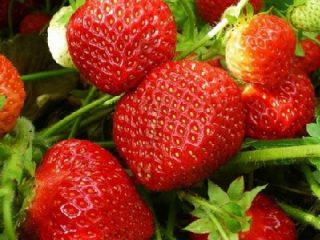Content
Experienced summer residents and gardeners know very well that the seductive taste and aroma of strawberries or garden strawberries often hides the hard work of growing and caring for them. Therefore, it is not surprising that among most strawberry lovers there is an increasing desire to find and plant varieties with the largest berries in their garden. Not only do such berries evoke the envy and admiration of all friends and neighbors, but they are also easily sold at any market. The yield of such varieties, as a rule, also deserves admiration, and the effort spent on caring for strawberries will not be wasted.
Bogota strawberries are rightfully considered one of the largest fruits in the kingdom of garden strawberries. But it has many other advantages, thanks to which it continues to enjoy considerable popularity among gardeners even after the end of the advertising boom.
Description of the variety
There is an opinion that the Bogota strawberry variety comes from Holland. There is no reliable data about this, but it is known for certain that it existed back in the late 90s of the last century, when it was submitted for registration to the State Register of Russia by the North Caucasus Research Institute of Mountain and Foothill Horticulture, located in Kabardino-Balkaria.
Bogota strawberries were included in the State Register only in 2002, and the originator of the variety was the North Caucasus Scientific Center for Horticulture, Viticulture, and Winemaking, located in Krasnodar.
The variety is officially recommended for cultivation only in two regions of Russia: the North Caucasus and the Far East. It is in these areas that he is able to perform at his best. Nevertheless, Bogota strawberries are readily grown in other areas, where they also do well, but the yield and size of the berries can vary greatly depending on the climatic conditions of cultivation and the composition of the soils of a particular region.
Strawberry bushes of the Bogota variety are distinguished by their powerful growth force and good foliage, although at the same time they look quite compact. They reach a height of 20-30 cm, and do not spread out much on the surface of the earth. The leaves are leathery, dense, large, wide, light green in color, highly wrinkled and folded at an angle along the central vein. They grow on thick, medium-pubescent cuttings with wide, green stipules.
Both the flowers and berries of this strawberry variety are large in size. White and bisexual flowers, followed by berries, are formed at the level of leaf growth. The inflorescences are multi-flowered, so that more than a dozen berries can form on one peduncle. Large and thick peduncles cope with their task quite successfully and hold a significant harvest of large berries well.
The Bogota strawberry variety produces a lot of whiskers and they are also powerful and thick. On the one hand, this is, of course, good, since it allows you to propagate the variety without any problems or select the healthiest specimens for replacement.But, on the other hand, the work involved in caring for strawberries increases significantly.
In the south, it ripens, as a rule, in July, and in more northern areas it can begin to bear fruit closer to August. These ripening dates can be very convenient for those who want to have an uninterrupted conveyor of strawberries on their site throughout the summer. Since it was during this period that many traditional strawberry varieties have already died out, and the remontant ones may not yet have time to gain sufficient sweetness.
Strawberries of the Bogota variety cannot be called drought-resistant at all - they require mandatory irrigation and only in such conditions can they show good yield. Although it cannot be called a record, you can collect 600-800 g of berries from one bush. In industrial terms, the average yield of this variety is 127 c/ha. In this sense, it is inferior to the most productive varieties, such as Elizabeth 2. But it surpasses many of them in taste characteristics.
Bogota strawberries are also quite demanding on soil and grow best on black soils - it’s not for nothing that they are zoned specifically for the conditions of the North Caucasus. On soils of other varieties, the size of the berries may not change for the better. In addition, this variety cannot be called frost-resistant - in the conditions of the middle zone it can freeze out without shelter.
A description of the Bogota strawberry variety would be incomplete without mentioning its resistance to diseases and pests. Here the opinions and reviews of gardeners sometimes differ. The originators claim that it has complex resistance to many diseases and successfully resists most harmful insects.To some extent, this is true, because its leaves rarely suffer from all kinds of spots, and the berries are not subject to rotting, except when planting thickly or in very wet and rainy seasons.
Characteristics of berries
And yet, Bogota berries, which are the main value of any variety of strawberry, can leave few people indifferent.
At one time, numerous commercials about this variety of strawberries stated that it ripens the most gigantic berries, the weight of which easily reaches 160 cm. And the dimensions in circumference of about 10-12 cm do not even allow it to fit into a glass.
Perhaps, in ideal conditions in the south of Russia, on luxurious black soils and subject to high agricultural technology, such sizes can be achieved from Bogota strawberries. But for most summer residents and gardeners, the size of the berries will be much more modest. The originators state that the average weight of one berry is 12.9 grams. There is no particular contradiction here, since the average weight is taken from the total mass of berries over the entire harvest period. And only the very first berries are especially large, and even then in the most favorable conditions. In general, the fruits are indeed large, some of them consist of several berries fused together, turned at an angle. Hence the wide variety of forms found - from truncated-conical to rounded-comb-shaped.
The appearance of Bogota strawberries is very presentable - they are bright red, dense, shiny with many slightly pressed yellowish seeds.
The flesh is also red and has medium density. The berries do not wrinkle during storage and do not flow, therefore they are characterized by good transportability.
But the most important thing is still the taste. Many people are skeptical about large strawberries, believing that they cannot be particularly tasty. But Bogota strawberries easily refutes such misconceptions. The berries are really sweet, with a slight harmonious sourness, and have a characteristic strawberry aroma. Professional tasters give Bogota strawberries one of the maximum ratings - 4.8 points on a five-point scale.
The berries contain 8.6% sugars, 90 mg/% vitamin C and 0.72% acid.
The purpose of the Bogota strawberry variety is dessert - that is, the fruits are good, first of all, for fresh consumption. But this does not mean that it cannot be pureed with sugar, frozen and used in a variety of sweet culinary dishes. Simply because of the large size of the berry, it can be difficult to use it whole for making jam and other preparations.
Advantages and disadvantages
Among the advantages of the Bogota strawberry variety are the following:
- Large berry size and good yield;
- Excellent taste characteristics of berries;
- Good resistance to many diseases and, above all, to rot and spotting;
- Easily propagated due to its high plant-forming ability.
This variety also has some disadvantages:
- Demanding conditions for growing and care;
- Reduced frost resistance;
- Low drought resistance.
Reviews from gardeners
Gardeners love the Bogota strawberry variety and do not hesitate to praise its berries.Moreover, the variety has been known for quite a long time and during this time it has acquired a fairly good and reliable reputation.
Conclusion
Bogota strawberries may require your attention and care almost more than other varieties. But it will reward you in full with large and very tasty berries in a season when there are practically no strawberries on the markets.
